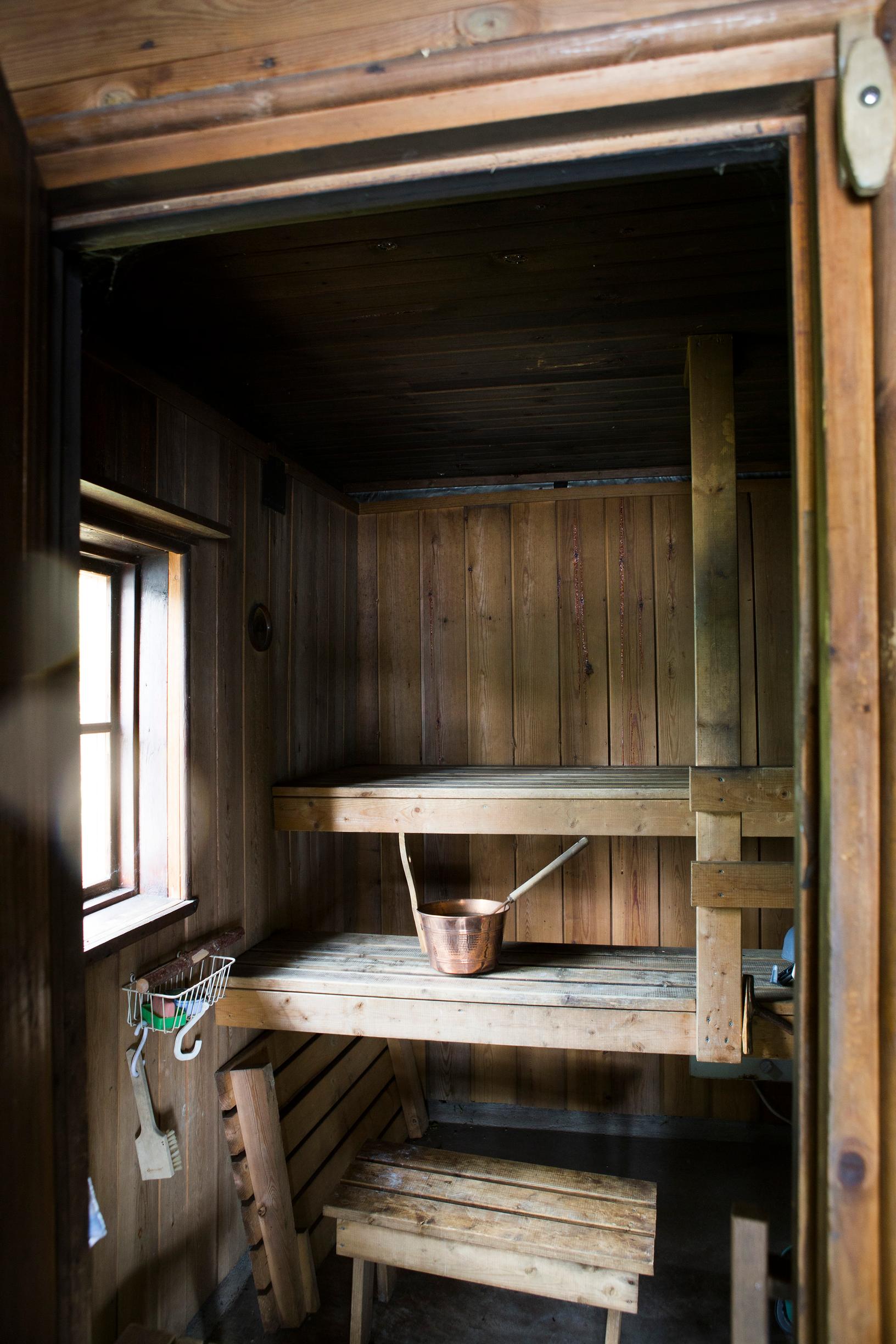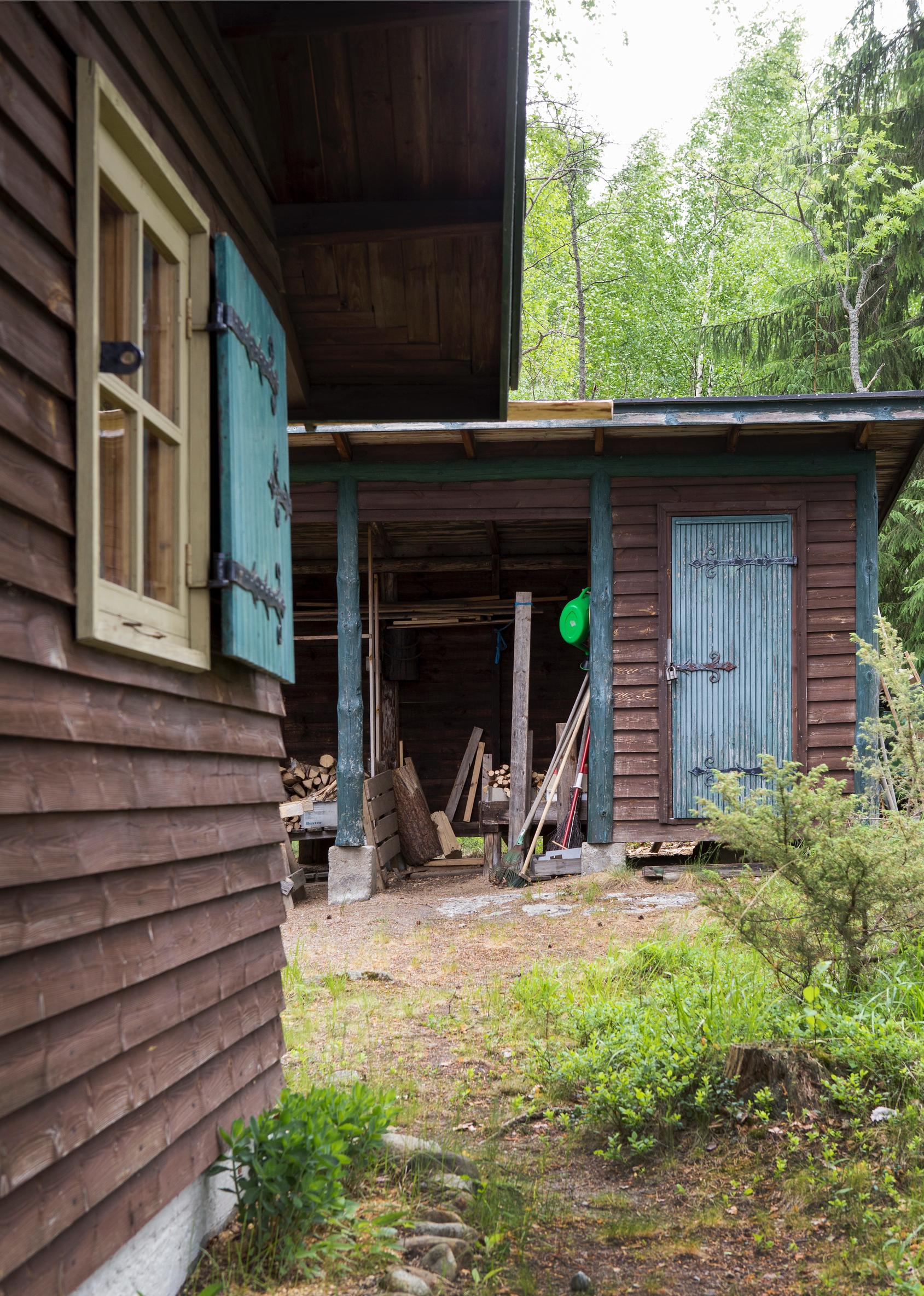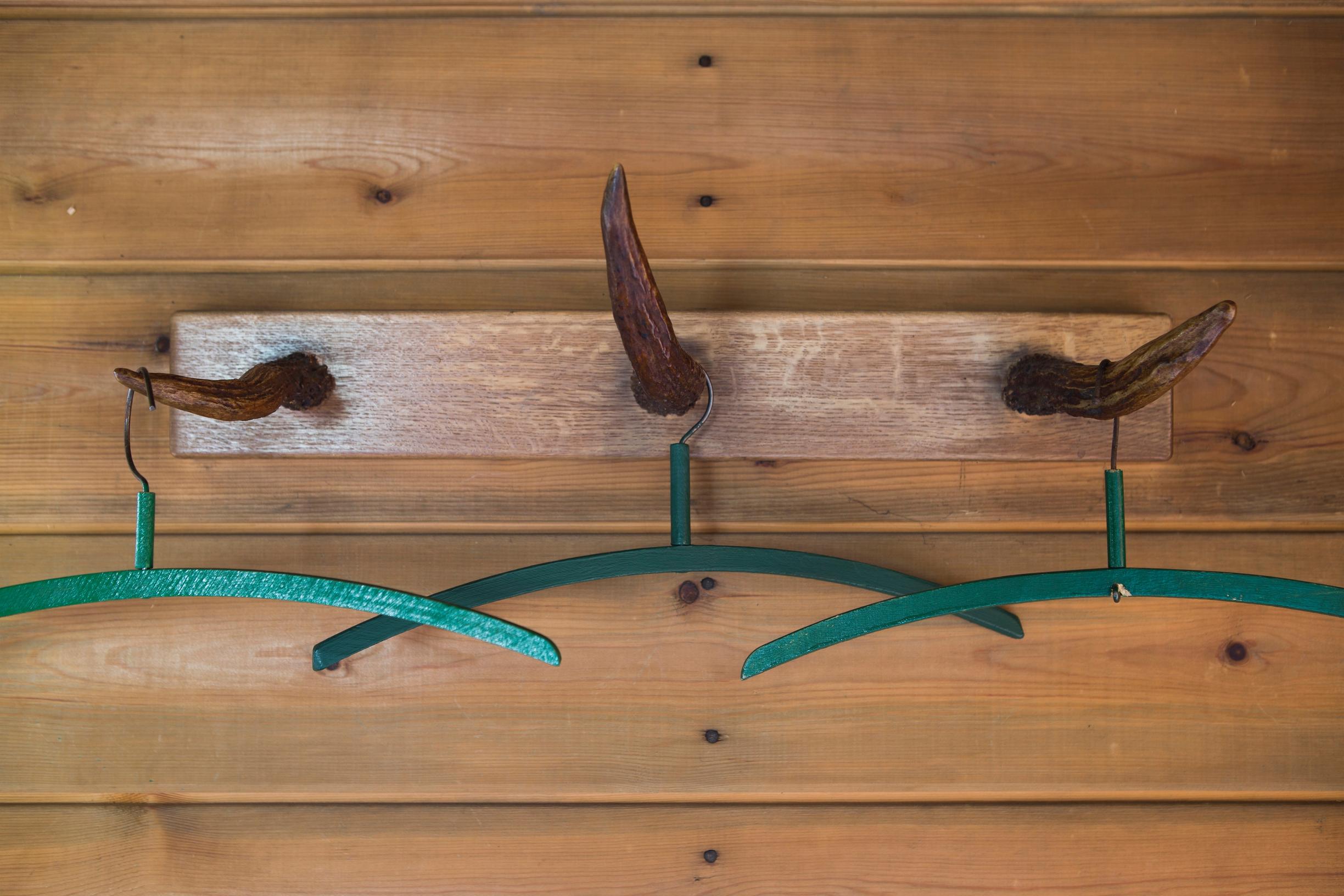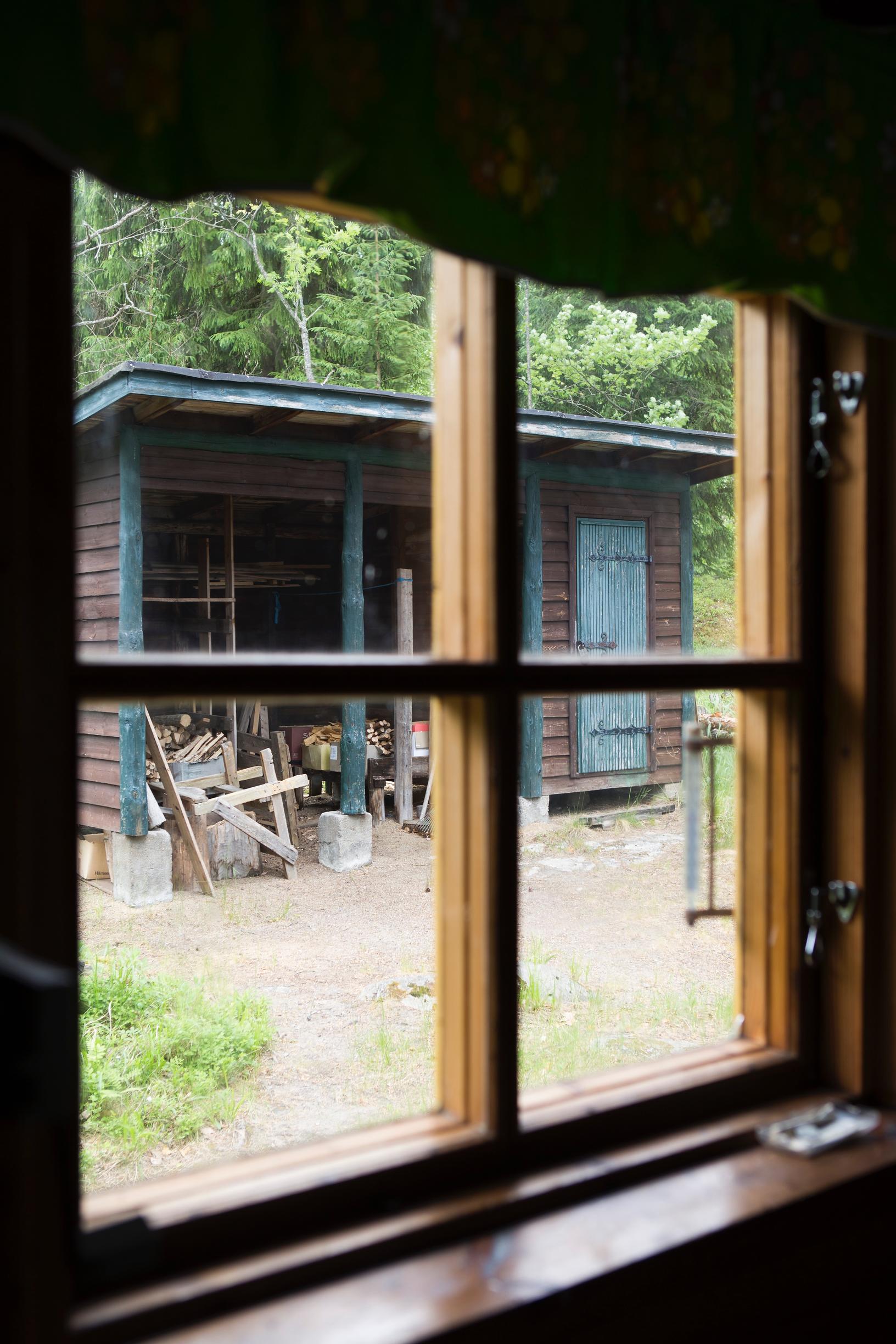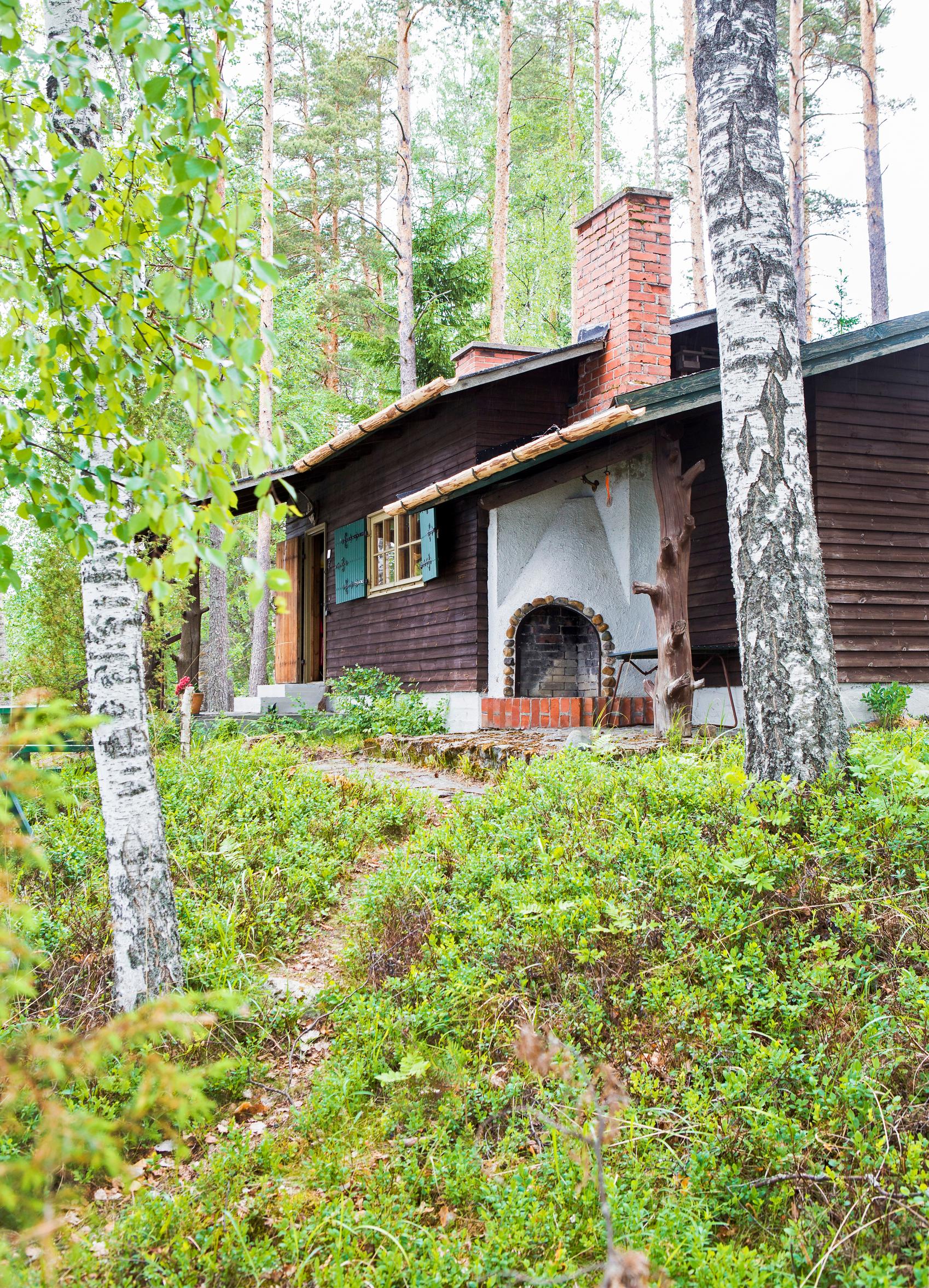
Alvar Aalto’s secret cabin—take a peek into the architect’s lesser-known piece, where the interior is entirely original
The Korpikoto cabin nestled in the woods was owned by the same family for decades. Alvar Aalto originally designed the cabin as a hunting lodge.
The gate is open to the road leading to a cabin in Pertunmaa. By the shore of Lake Koskio lies a rarity—a small, brown wooden cabin. The place is significant architecturally, scenically, and historically. This is Korpikoto, built in 1946, the only building designed by architect Alvar Aalto in Southern Savonia, Finland. It’s one of his lesser-known works.
The cabin has been in the possession of the Niemi family from Jyväskylä for decades. They’ve intentionally kept quiet about their cabin’s architect and exact location to preserve the place’s idyllic charm.
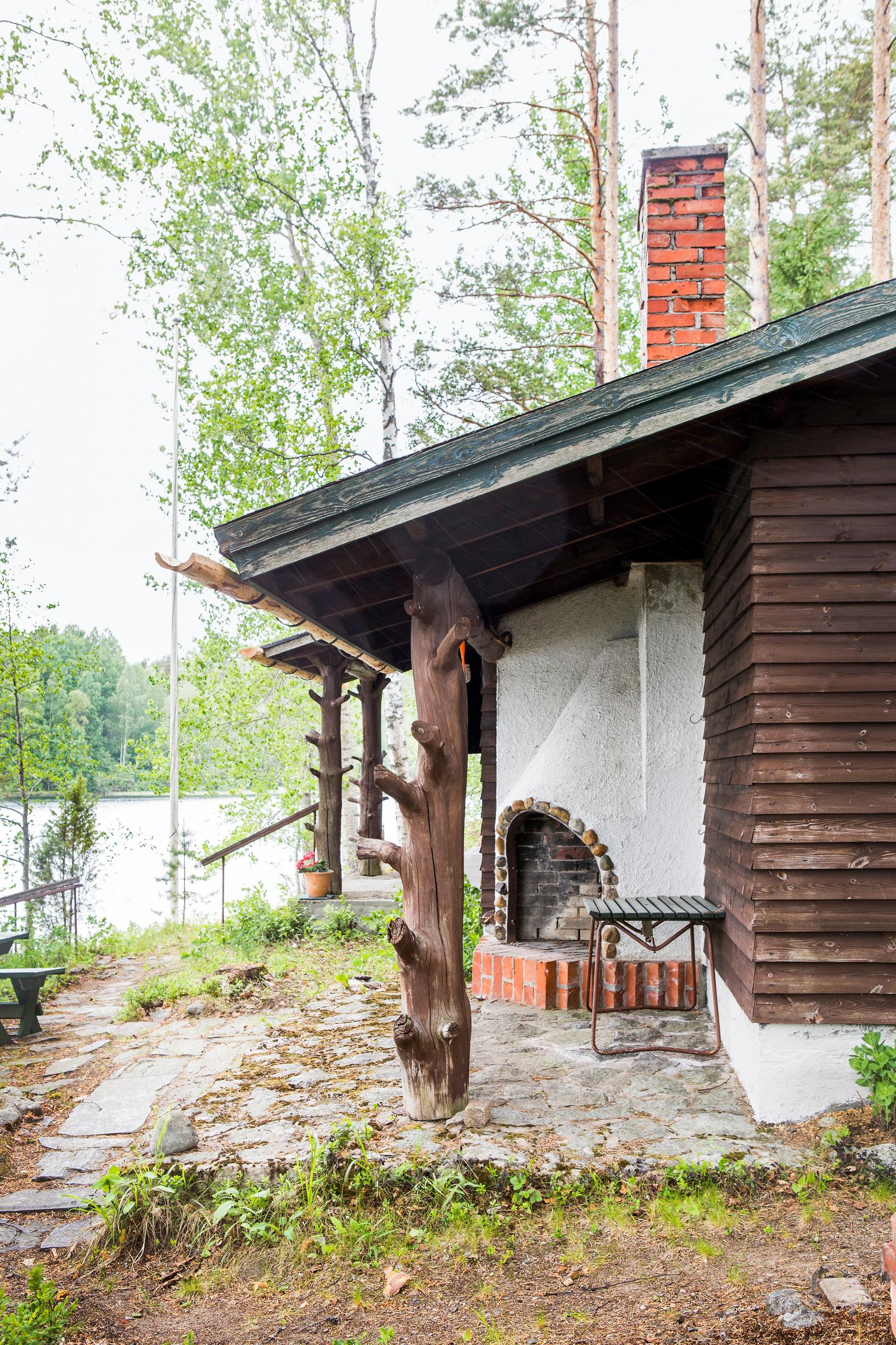
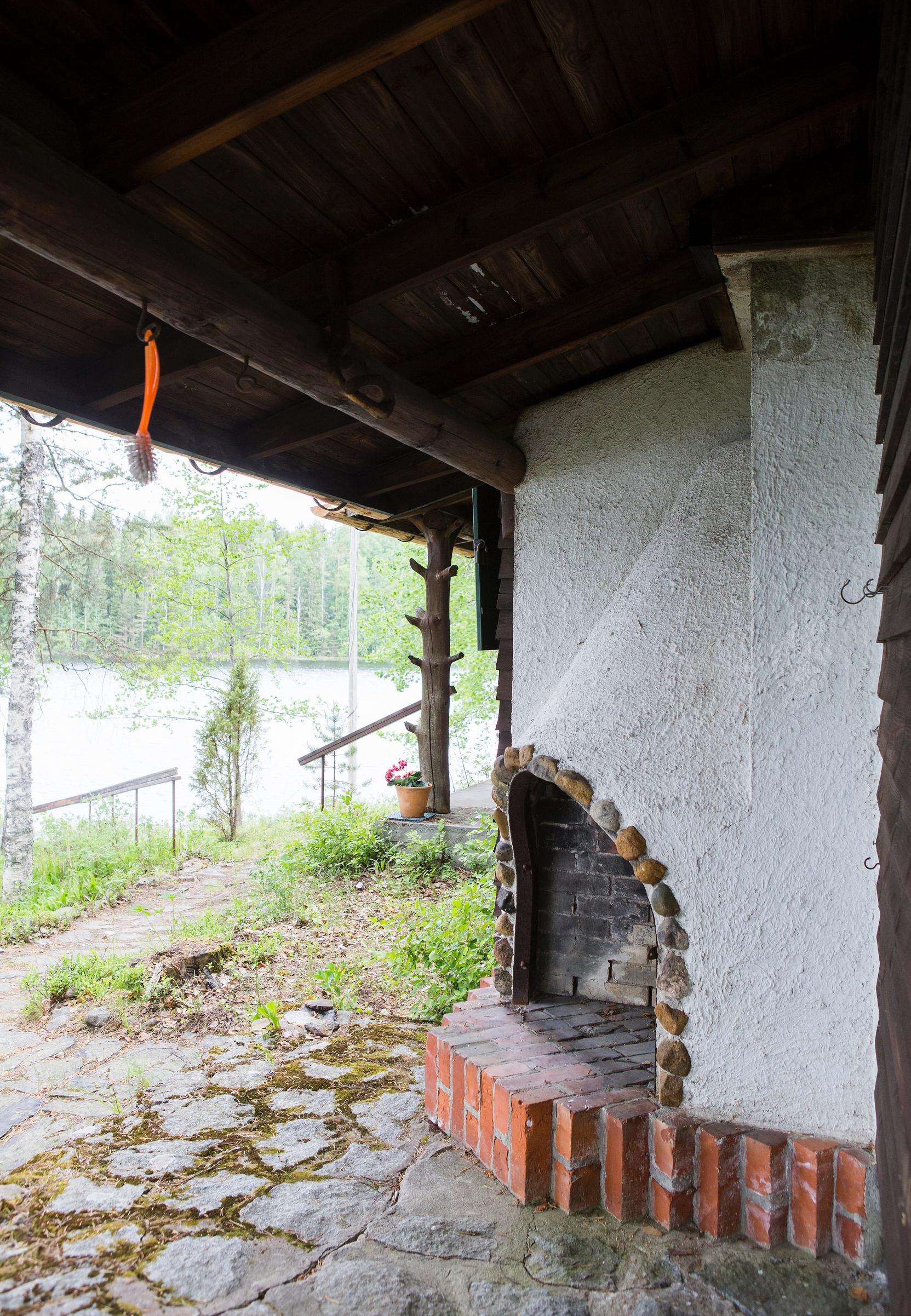
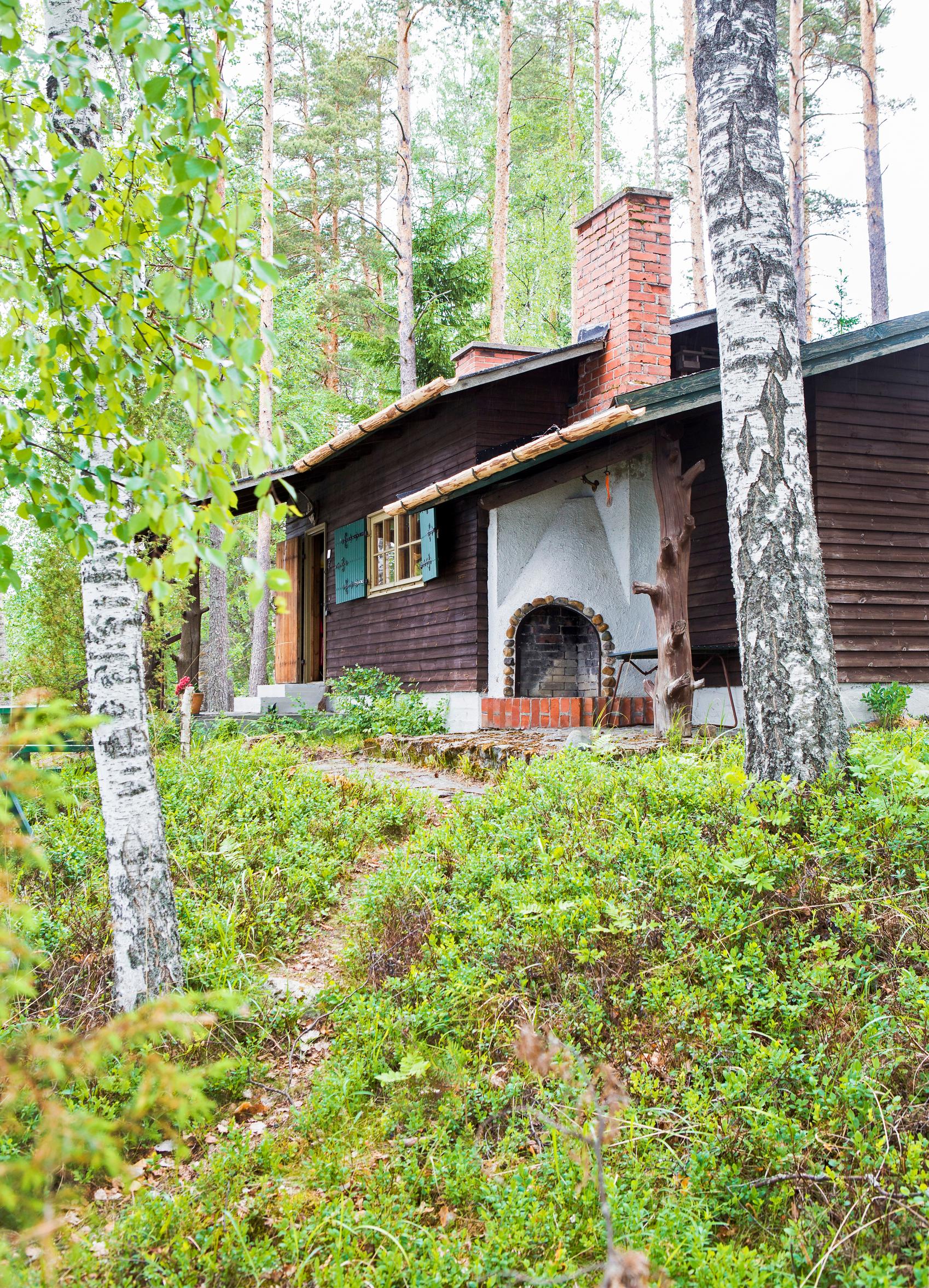
Once, Jorma Niemi relented and told an Aalto fan, who was visiting the Alvar Aalto Symposium, over the phone that they could come see the place.
“Before long, a busload of Spanish Aalto fans arrived, and they had to photograph every single corner of the house,” Jorma chuckles.
Korpikoto has been with Jorma and his two sisters for a few years since their father Veikko passed away. However, the cabin has seen so little use that they’ve decided to sell it.
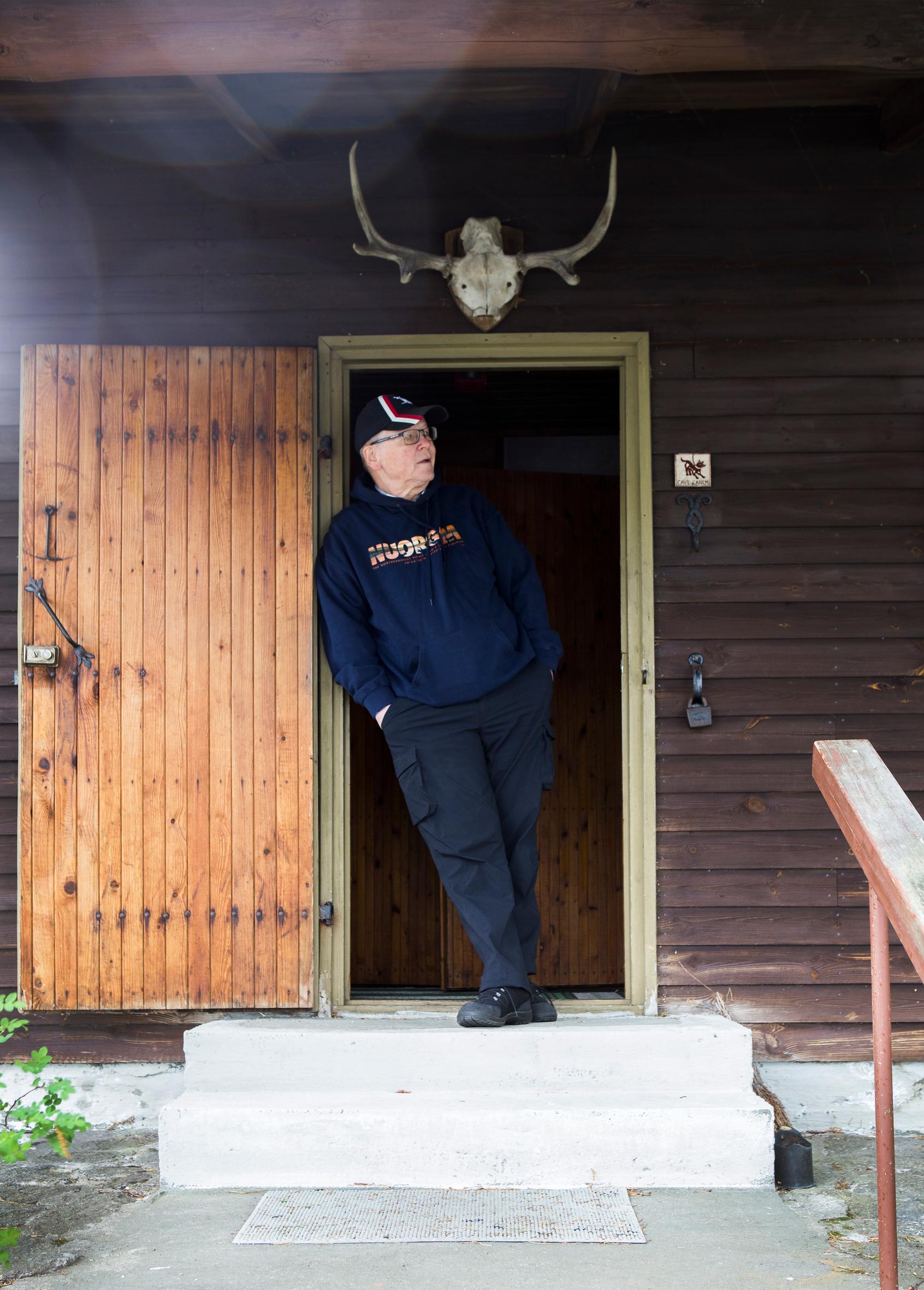
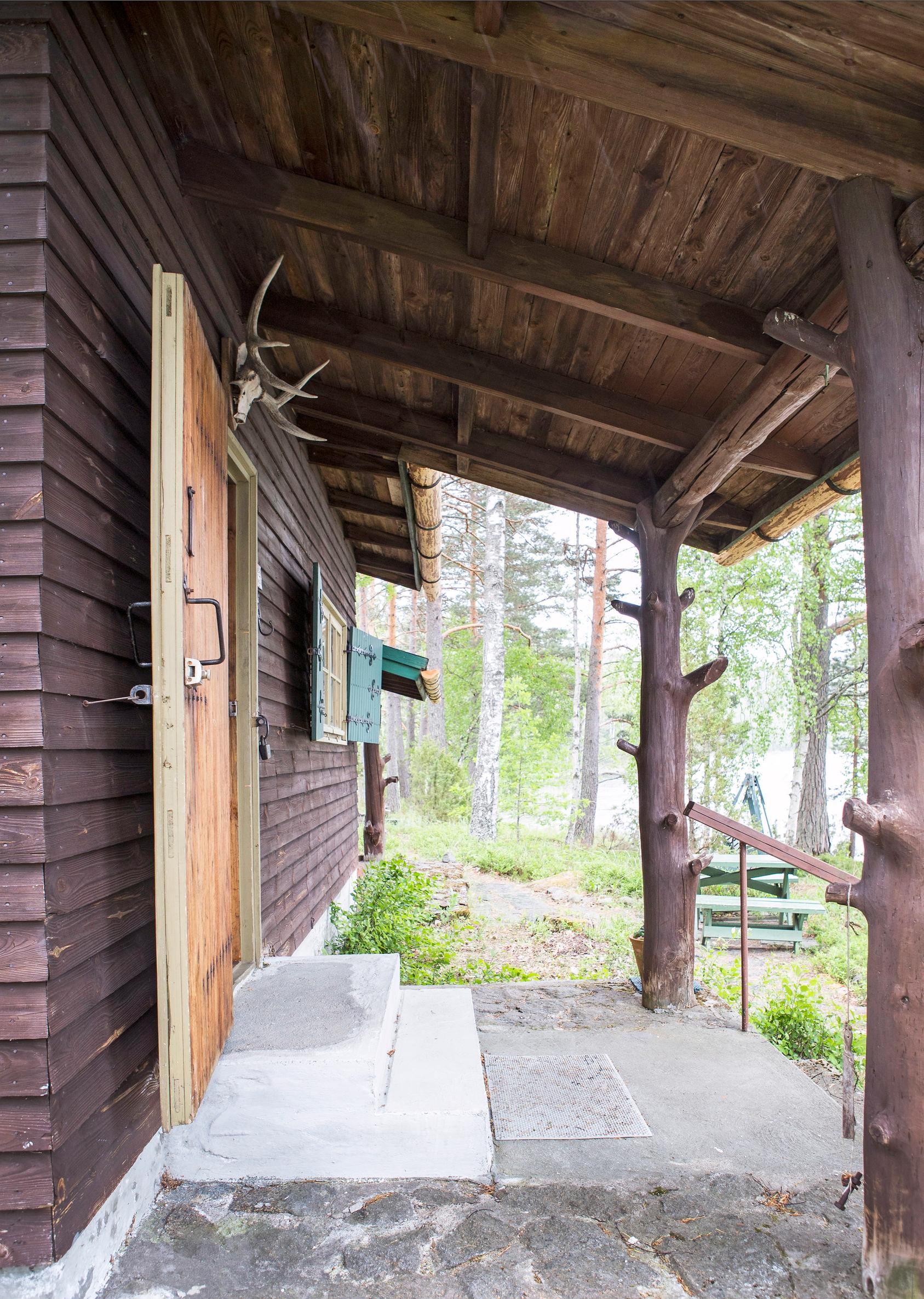
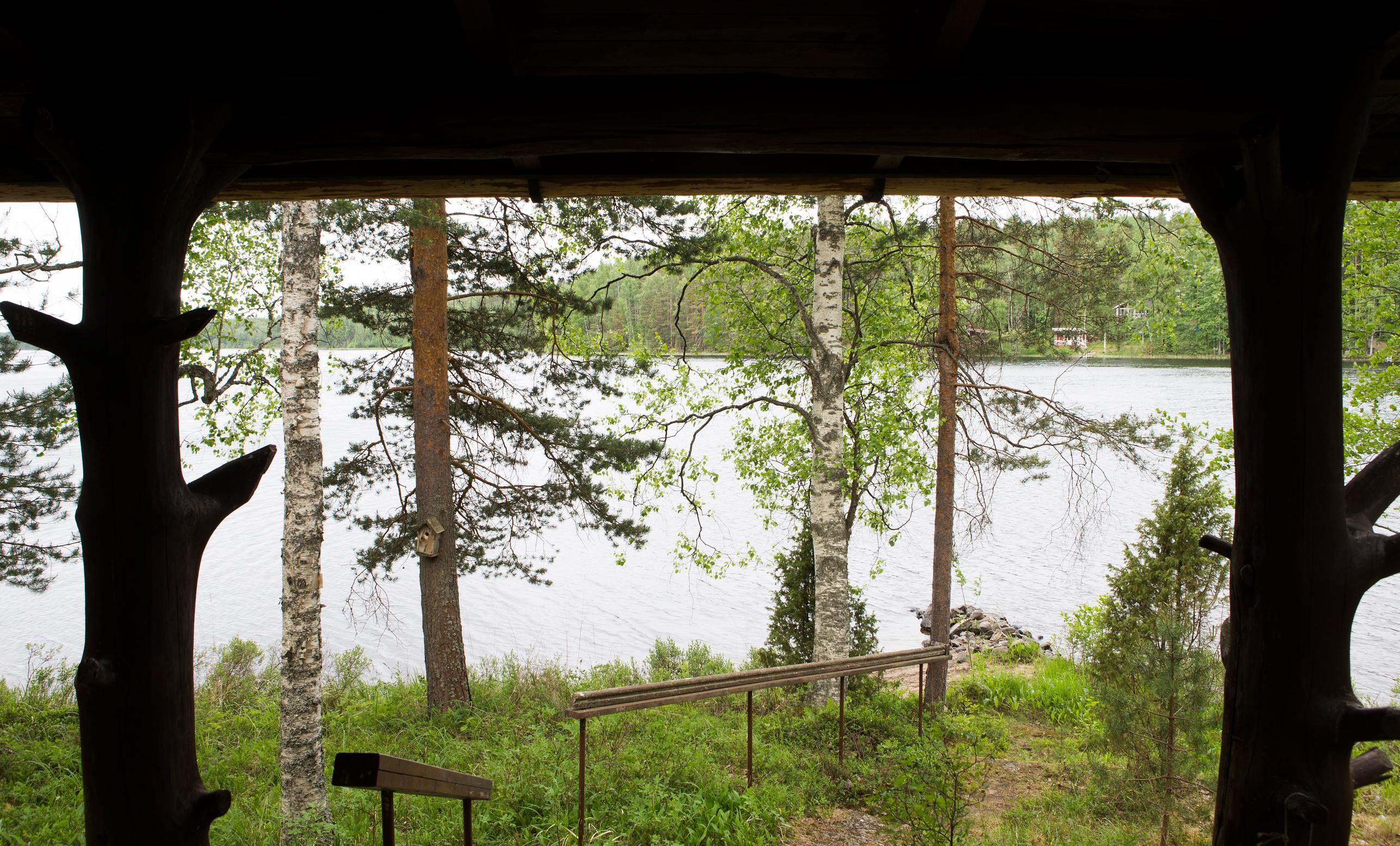
Saying goodbye to this unique holiday spot doesn’t feel sad—rather, it’s a relief. There isn’t a strong emotional connection, because their father bought the cabin in the late ’70s when the children were already adults. Over four decades, the children and their families have visited the cabin, but mostly their father enjoyed staying there alone, even for long periods.
Jorma himself isn’t much of a cabin person; he prefers to backpack in Lapland. One sister lives in Scotland, making the trip to the cabin unreasonably long for her.
Summer villas designed by Aalto have been described as perfectly suiting Finnish tastes. They are modest, relaxed and informal.
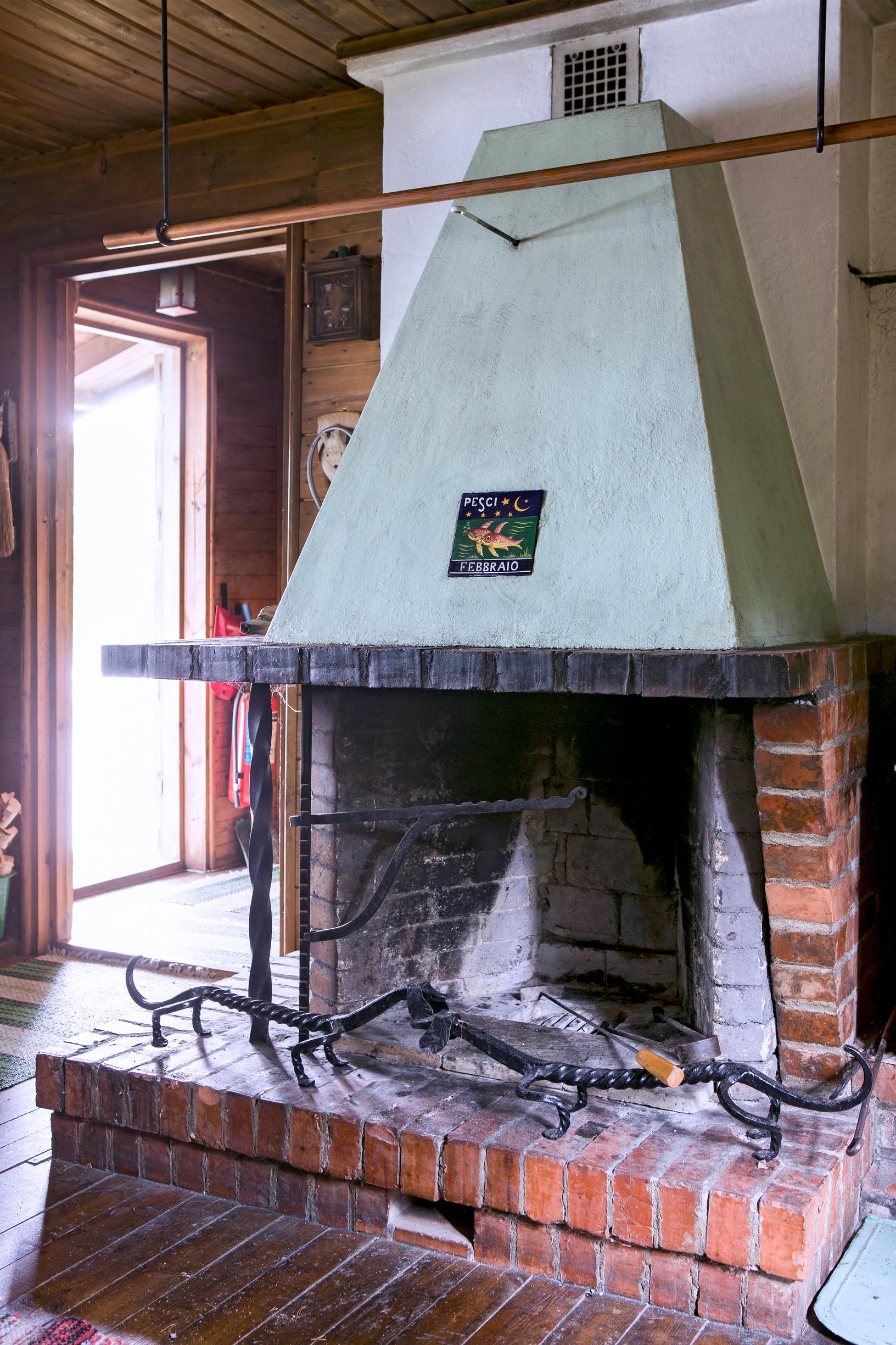
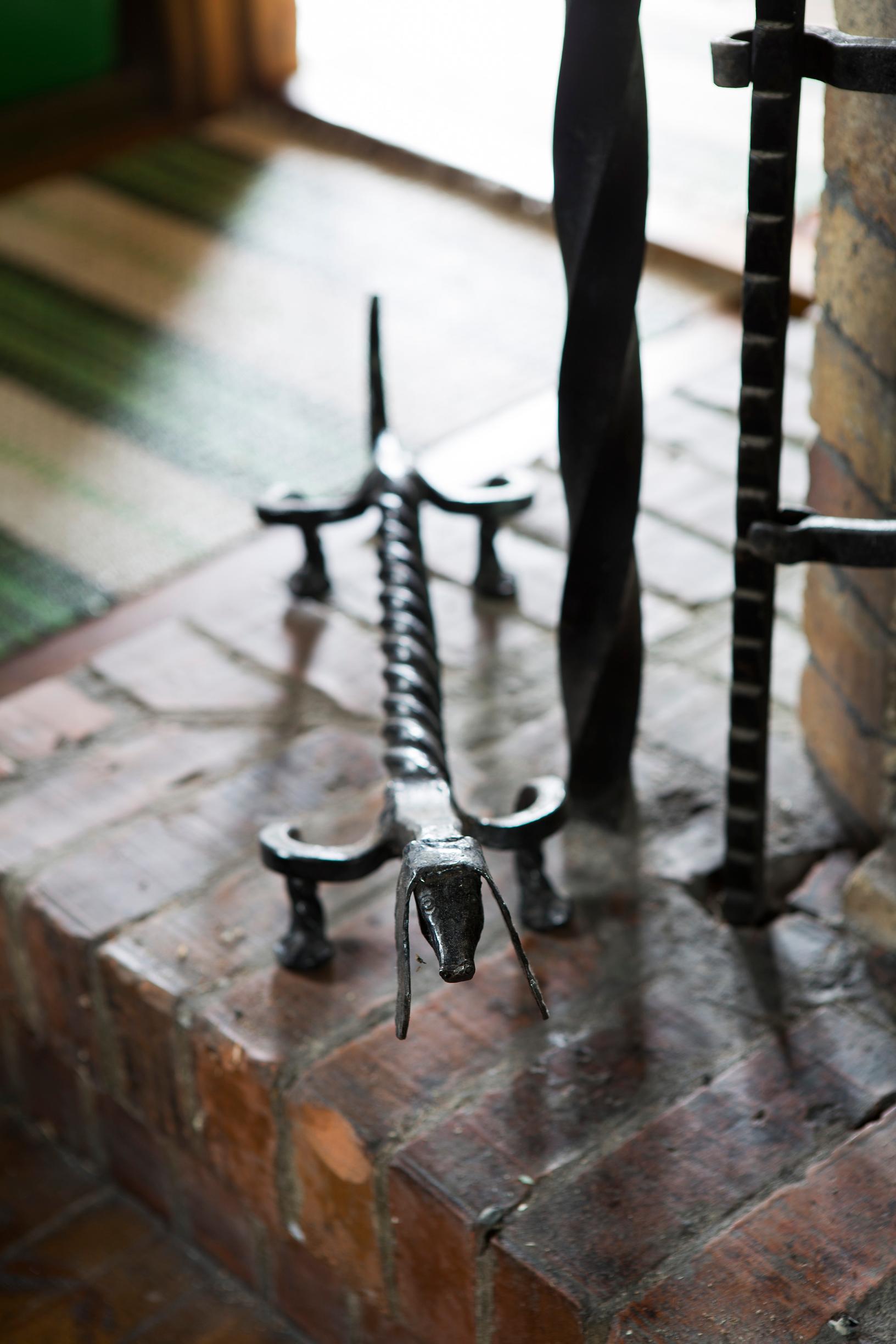
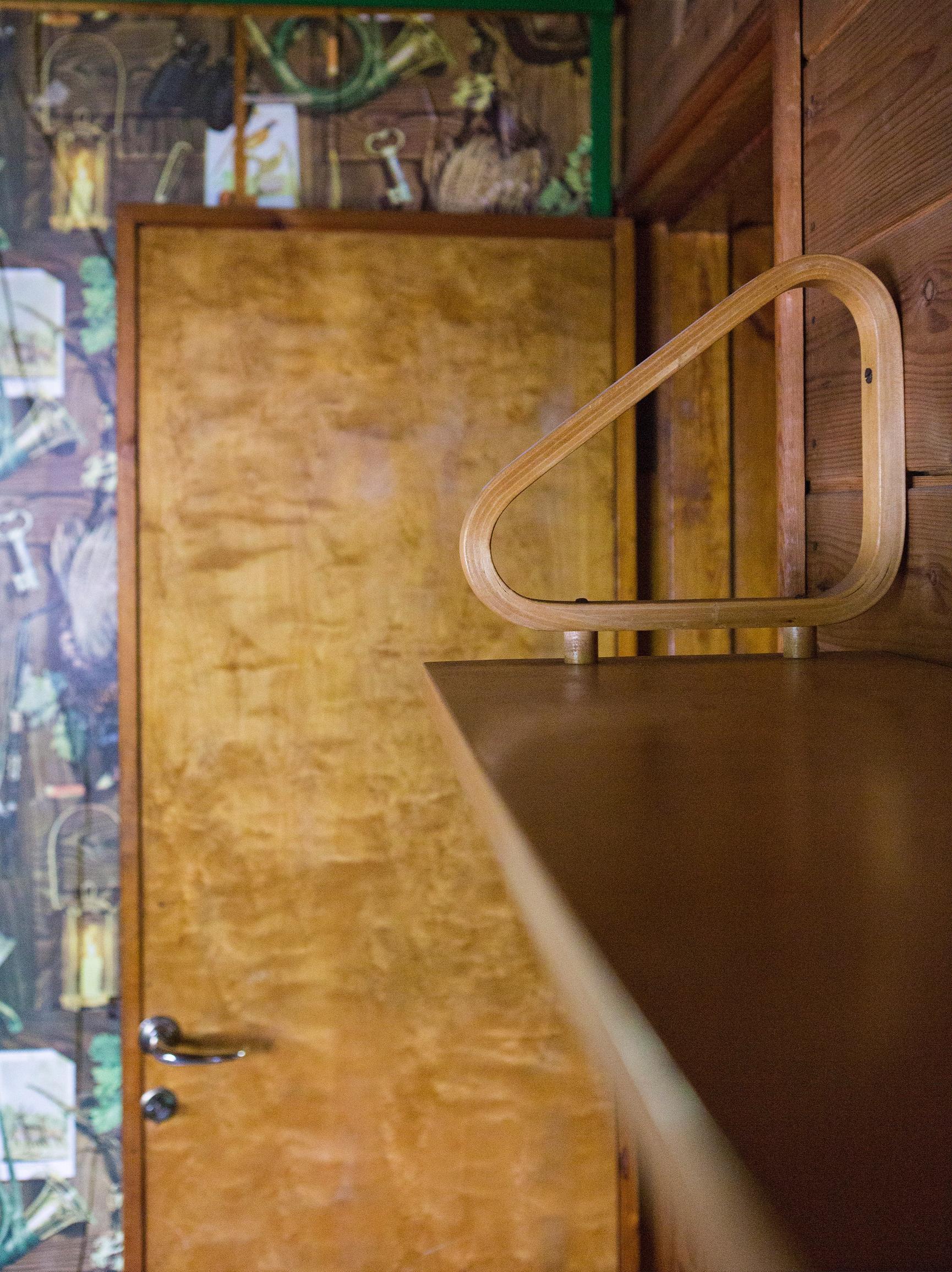
Alvar Aalto’s close relationship with nature is well known. In the horizontally boarded Korpikoto cabin, elements from both Aalto’s national romantic and Karelian periods can be seen.
The cabin came to Jorma’s father through a newspaper ad. Between the original builder and the Niemis, the property was owned by a couple from Varkaus.
The Niemi family were aware of the cabin’s renowned architect almost from the beginning, but it hasn’t held any special significance for the family. The important thing has been that the cabin is functional, the sauna is good, and the location is convenient and very quiet.
Over the years, they’ve amassed plenty of good memories. When they had a large group over at the cabin, some slept in tents. And nowhere else did they make pit-roasted meat as good as in the cabin’s outdoor kitchen.
“The best part has been that this place was never about working. When you got tired of resting, you could go chop down one tree, and then go back to your relaxing.”
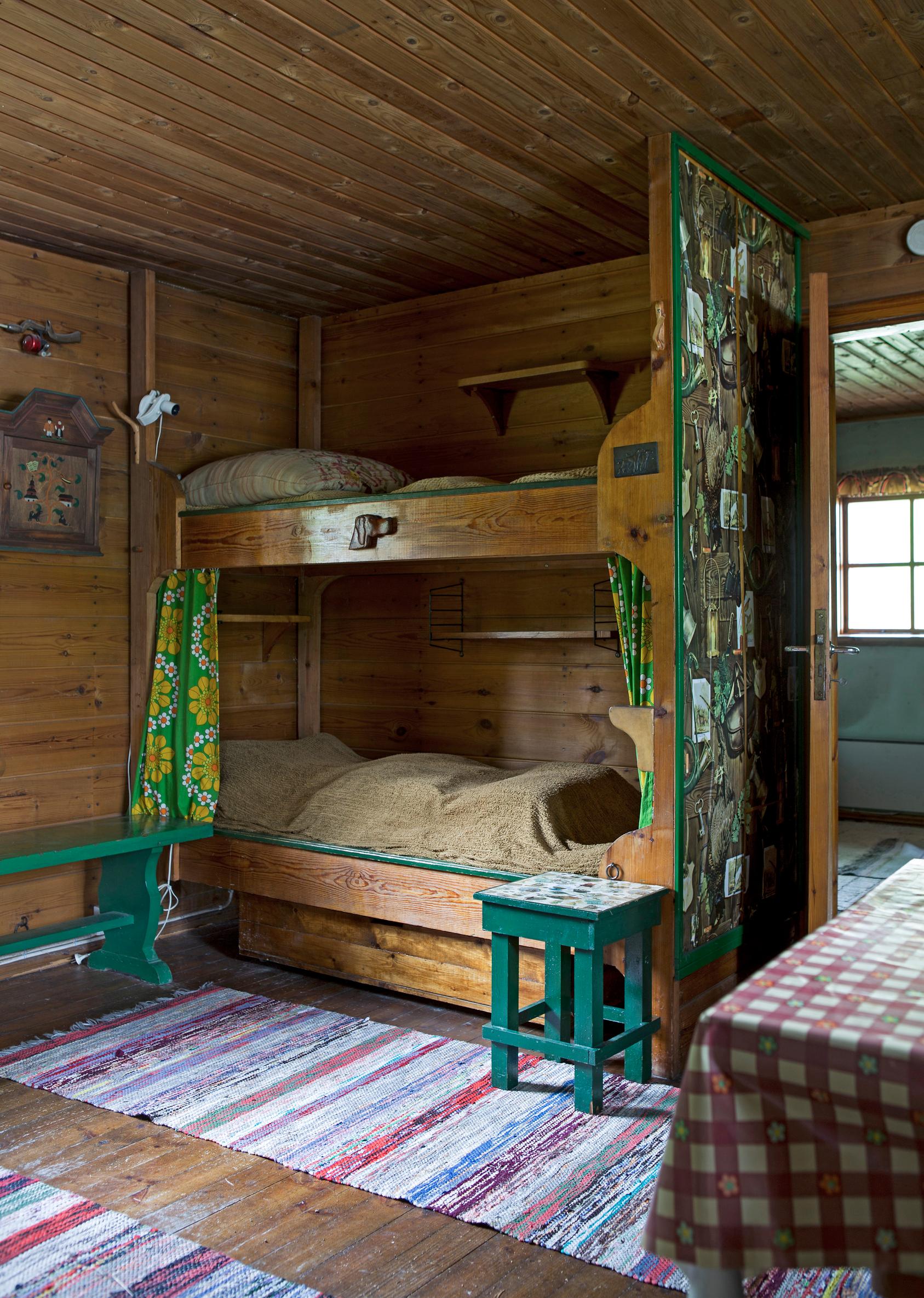
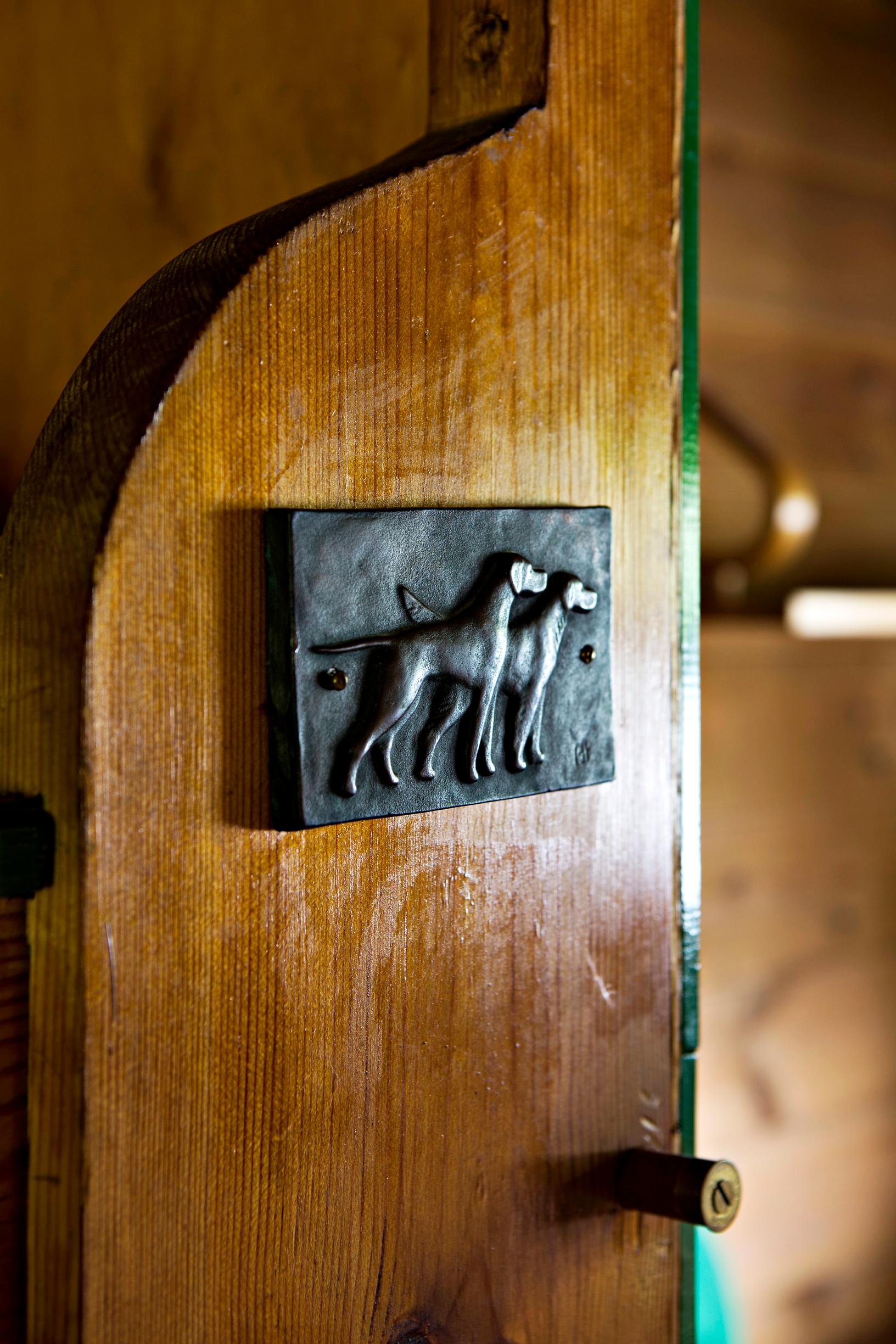
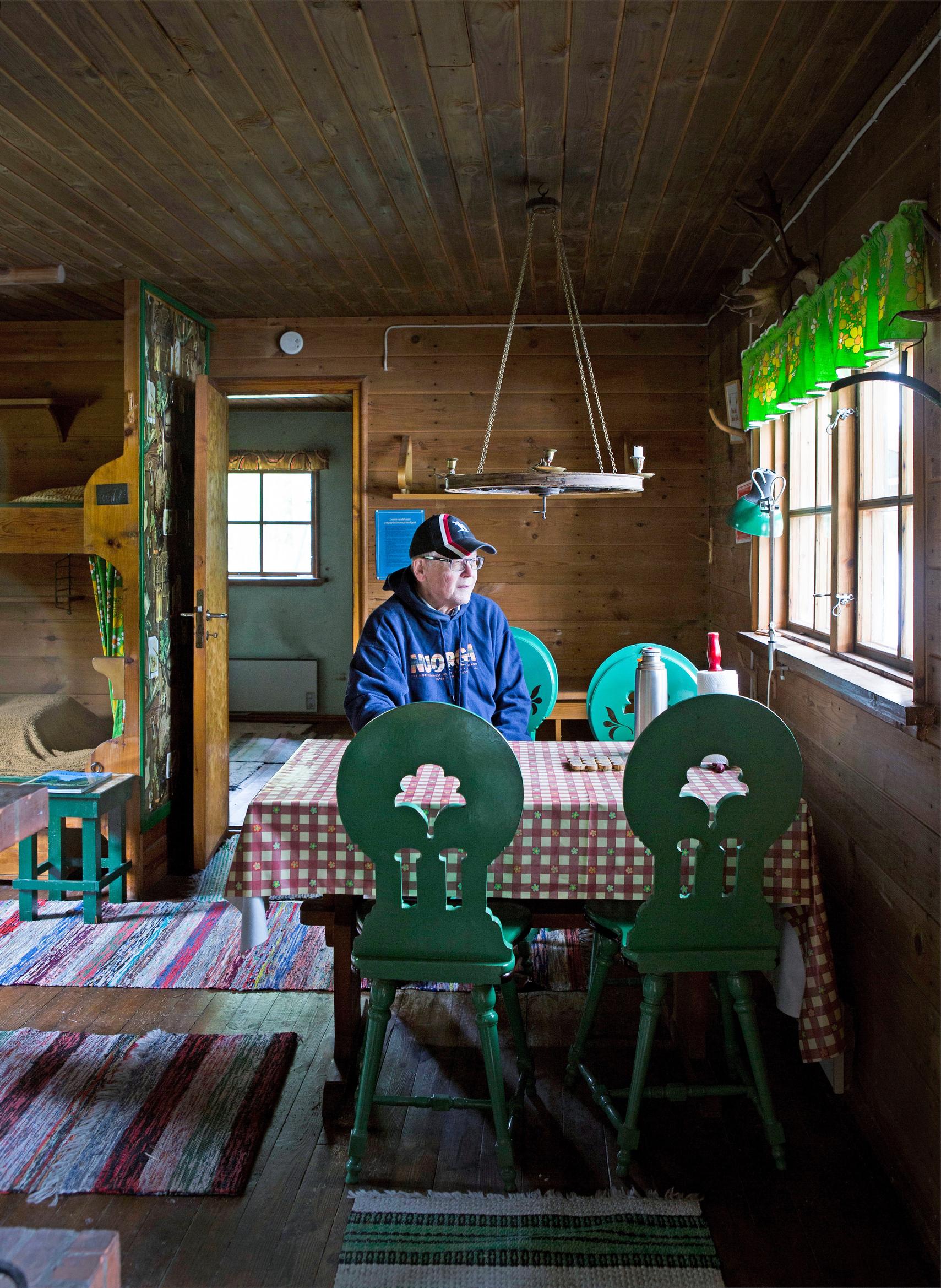
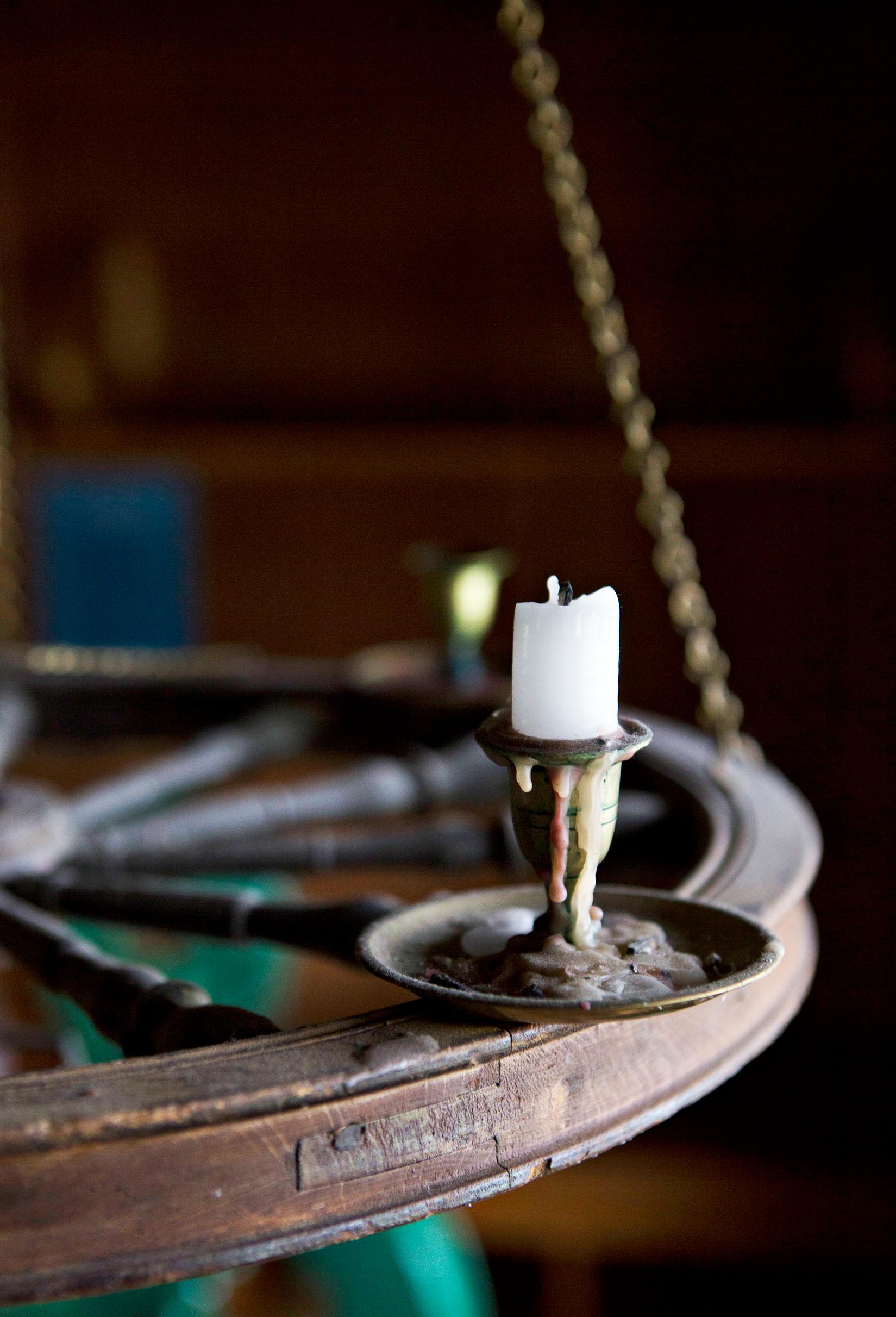
Aalto originally designed Korpikoto as a hunting lodge for Major Jörgen Schauman, who worked for many years at heavy industry manufacturer Tampella’s factory in Inkeroinen. The builder hasn’t remained merely a name on paper; his enthusiasm for hunting and dogs is evident in many details.
The exterior walls have iron rings where dogs used to be tied. The bunk beds are presumably designed by Aalto. Their edges are decorated with tiles featuring dog images. Iron dachshunds guard the fireplace, and the same breed seems to have inspired the wall rack.
Originally, the hunting lodge was smaller than it is now. It consisted only of an entryway, a sauna, and a kitchen-living room. In 1962, the cabin was expanded, and one of the bunk beds from the living room was moved to the new sleeping alcove. At the same time, the original turf roof was replaced with felt.
The interior isn’t entirely by Aalto, but everything is original.
“We used to find so many old whiskey bottles outside that this must have been a real gentlemen’s drinking spot back in the day,” Jorma speculates.
Korpikoto appears to have stood the test of time. The Niemis have repaired the place as needed—for example, they’ve renewed the sauna and its benches—but a thorough renovation hasn’t been necessary. Their principle has been that there’s no need to fix what isn’t broken. They’ve wanted to preserve the original style.
Korpikoto got its current brown color in the late ’70s. Before that, only the doors and window frames were painted.
One distinctive feature of the cabin are its wooden rain gutters, which last only a few years at best. Fortunately, they’ve found a local traditional builder, Kaj Cygnaeus, to make them.
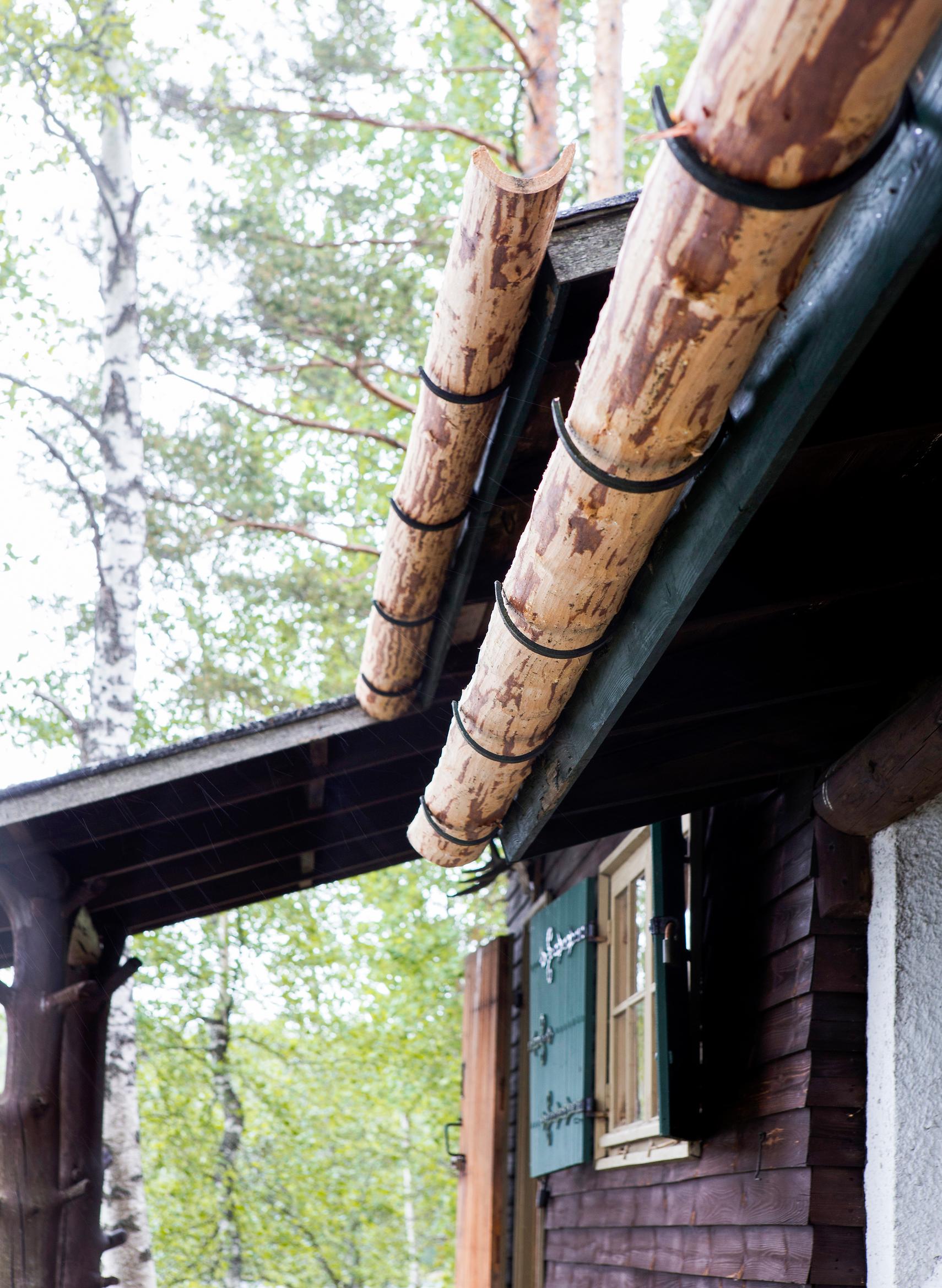
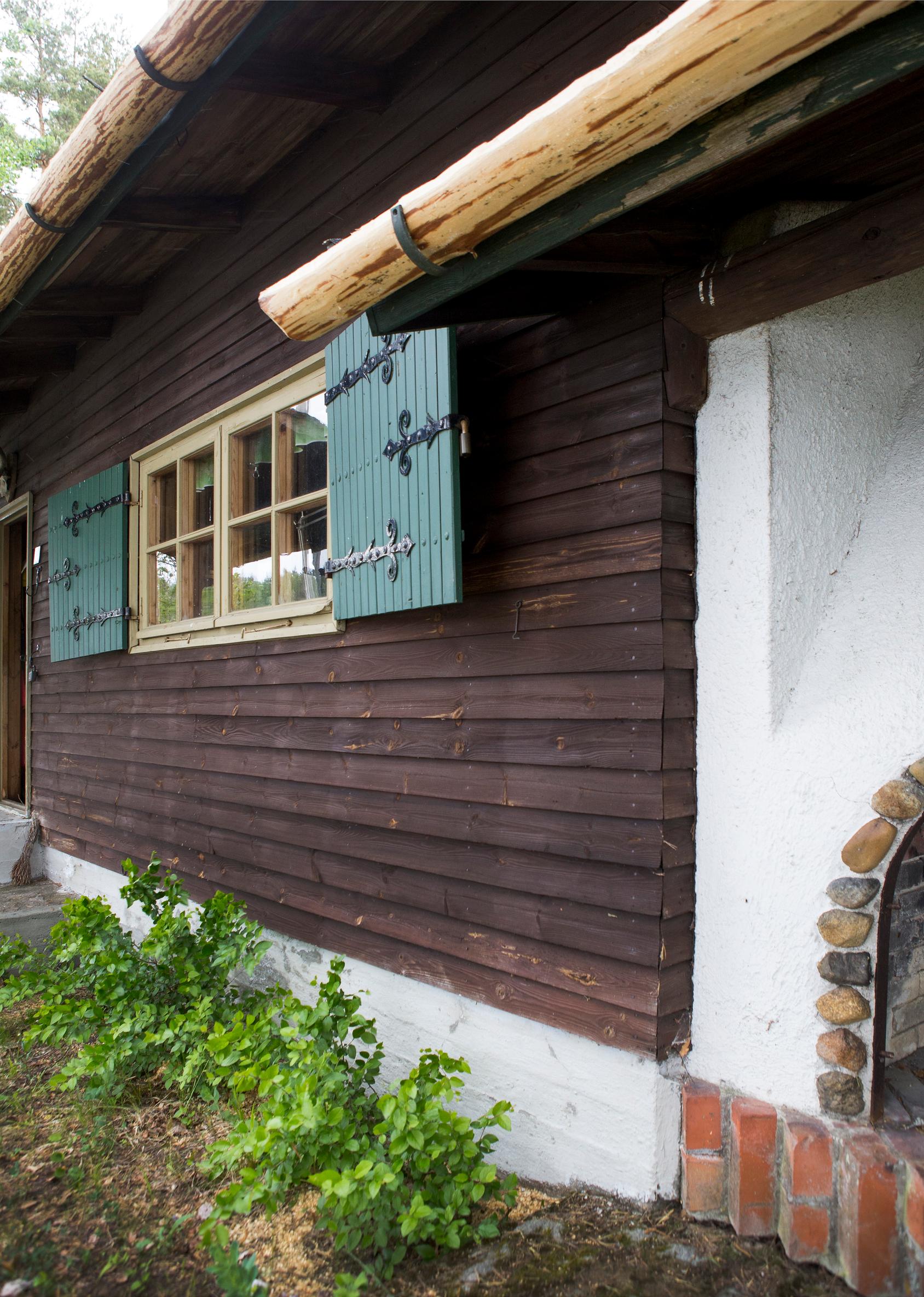
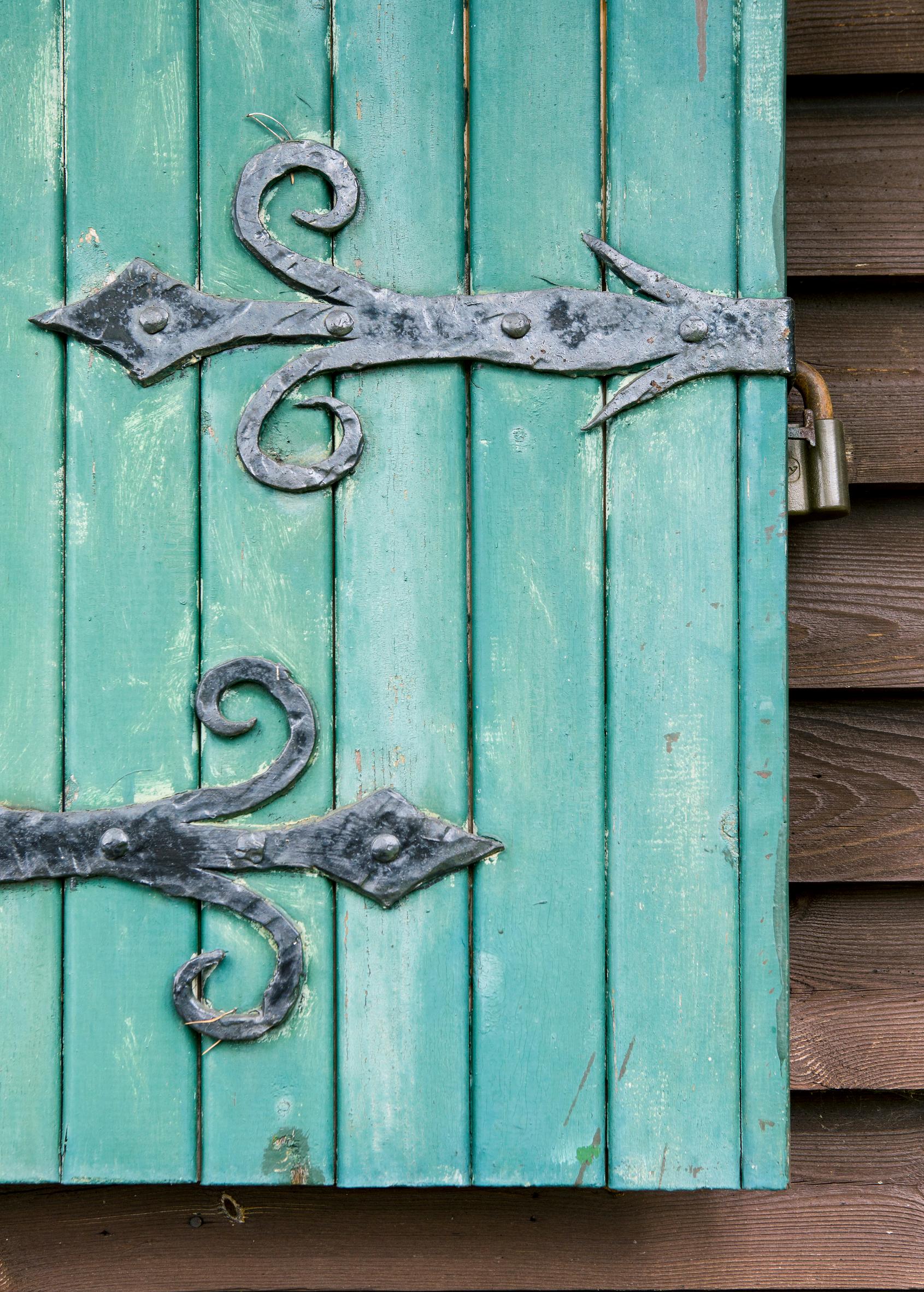
As the building is protected by the Finnish Heritage Agency, alterations to the exterior and the surroundings can’t be made without permission. That’s why even the gutters can’t be replaced with modern ones. They only obtained permission for handrails, which were necessary due to their father’s aging, after persistent efforts.
Korpikoto is so close to the shore that it wouldn’t get a building permit today. On the porch, the impressive sturdy pillars are thick spruce trunks with branch stubs. The paned windows are protected by green shutters with decorative wrought iron hinges—another hallmark of Aalto’s style.
